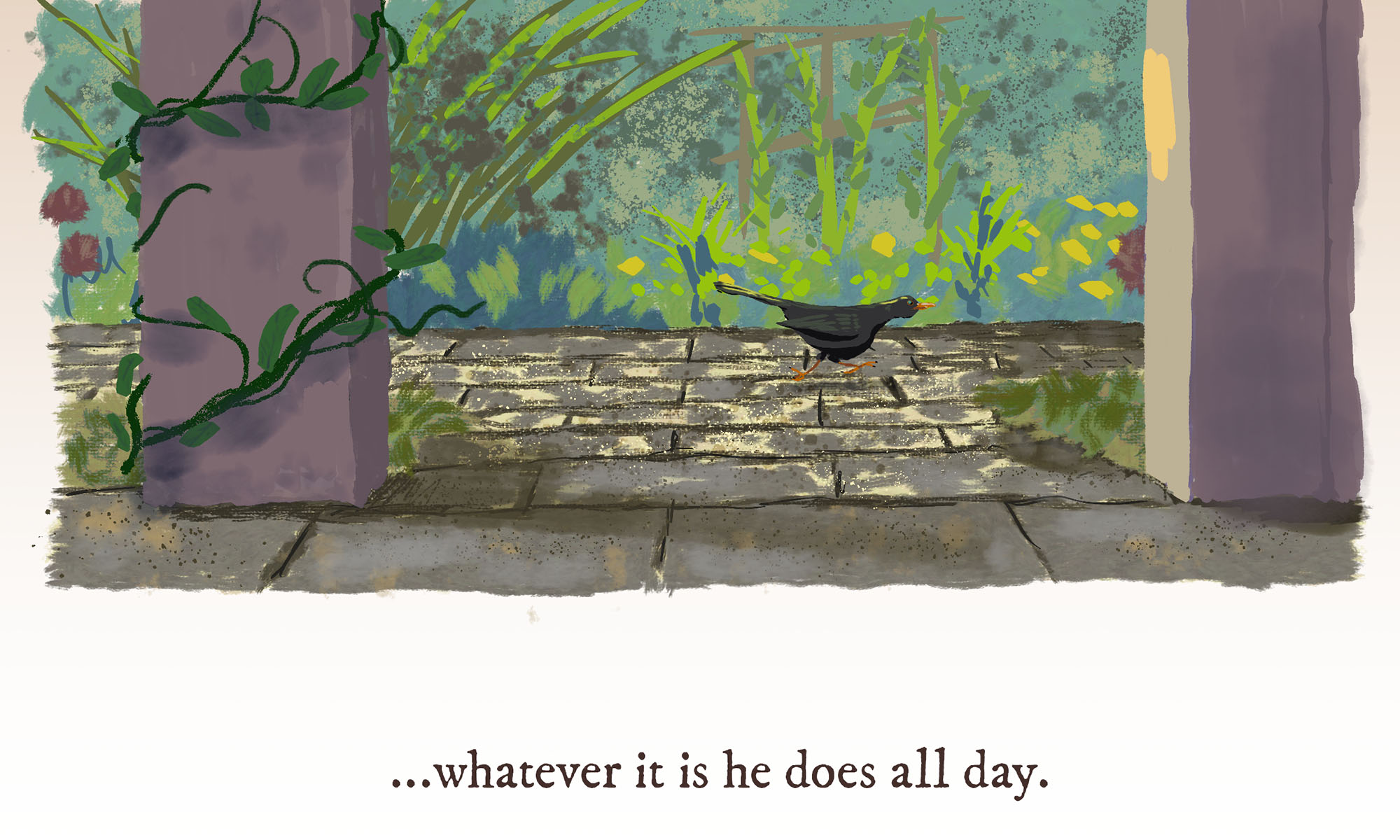And properties that make interesting use of them.
1. Frankenstein Creations: Powerful, perhaps immortal confusions of once-dead human parts reanimated by Dr. Frankenstein’s (always) secret method. Not to be overly confused with James Whale’s 1931 film with its constricted, single-location plot, dim bolt-necked creation, and memorable use of Nicola Tesla-inspired electrical equipment as the (revealed) method of cell reanimation.
Franken Fran: A manga series about a loveable but somehow unmistakeably monsterous patchwork girl who inhabits a mansion full of equally bizarre creations, “helping” people as she sees fit, and awaiting the return of her creator.
2. Dopplegangers: Classically, a mute apparition of oneself that appears to warn against impending danger.
Arcana: Another manga, slow to start, in which a girl matching no missing person’s report is found by the police, and by her ability to see ghosts proves useful in investigating a series of brutal murders.
3. Former Tenants: Beings who inhabited the Earth long before humans, and who want their world back.
The short stories of H.P. Lovecraft: Lovecraft lived in the era when man was pushing into the final dark corners of the map. His dominant theme was a fear that the dark corners would push back. The double-switch Lovecraft plays in “At the Mountains of Madness” is particularly impressive. (Cthulhu, despite his fame, is a relatively minor player.)
4. Sirens: Beautiful female creatures, often with the aspects of seabirds, who lure men (and women?) to a watery death with an irresistable song.
There is a Japanese survival horror videogame series called “Siren,” but it appears to have very little to do with the western myth.
5. The Motif of Harmful Sensation: Related to the siren, a broader term for the idea of a piece of sensory input that can cause a physical effect on the victim. (Well explained in the finest deleted Wikipedia article I’ve ever come across.)
BLIT: David Langford’s remarkable short story revolves around the discovery of a class of images that “crash” the human brain, killing anyone who views them.
